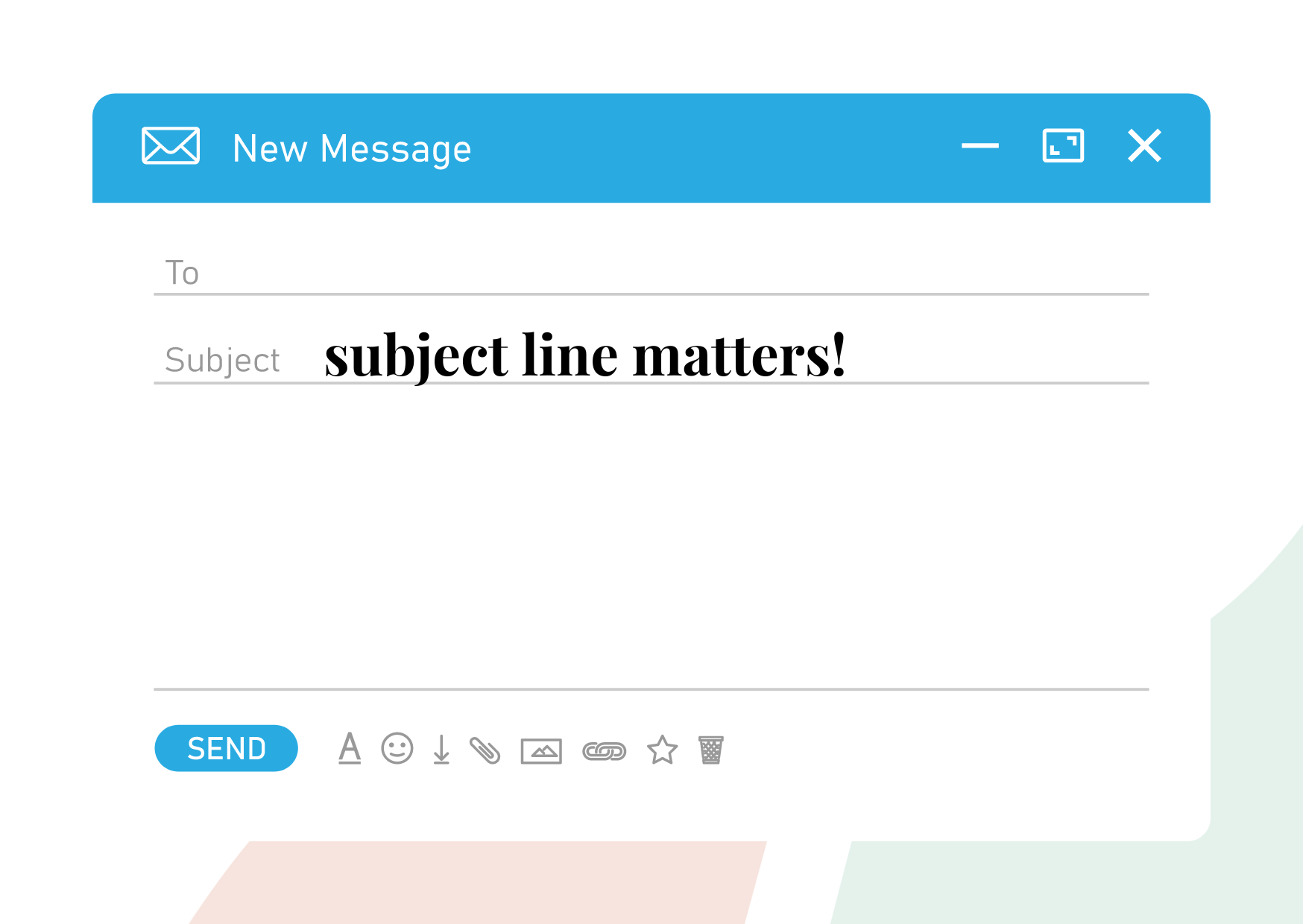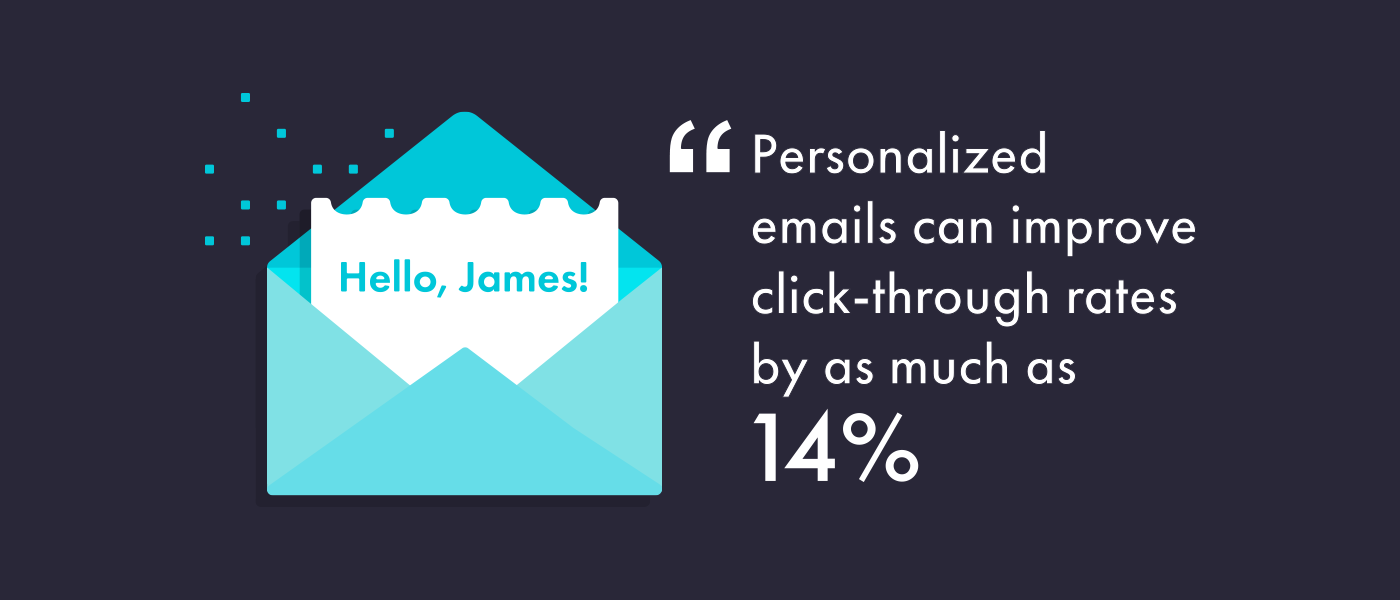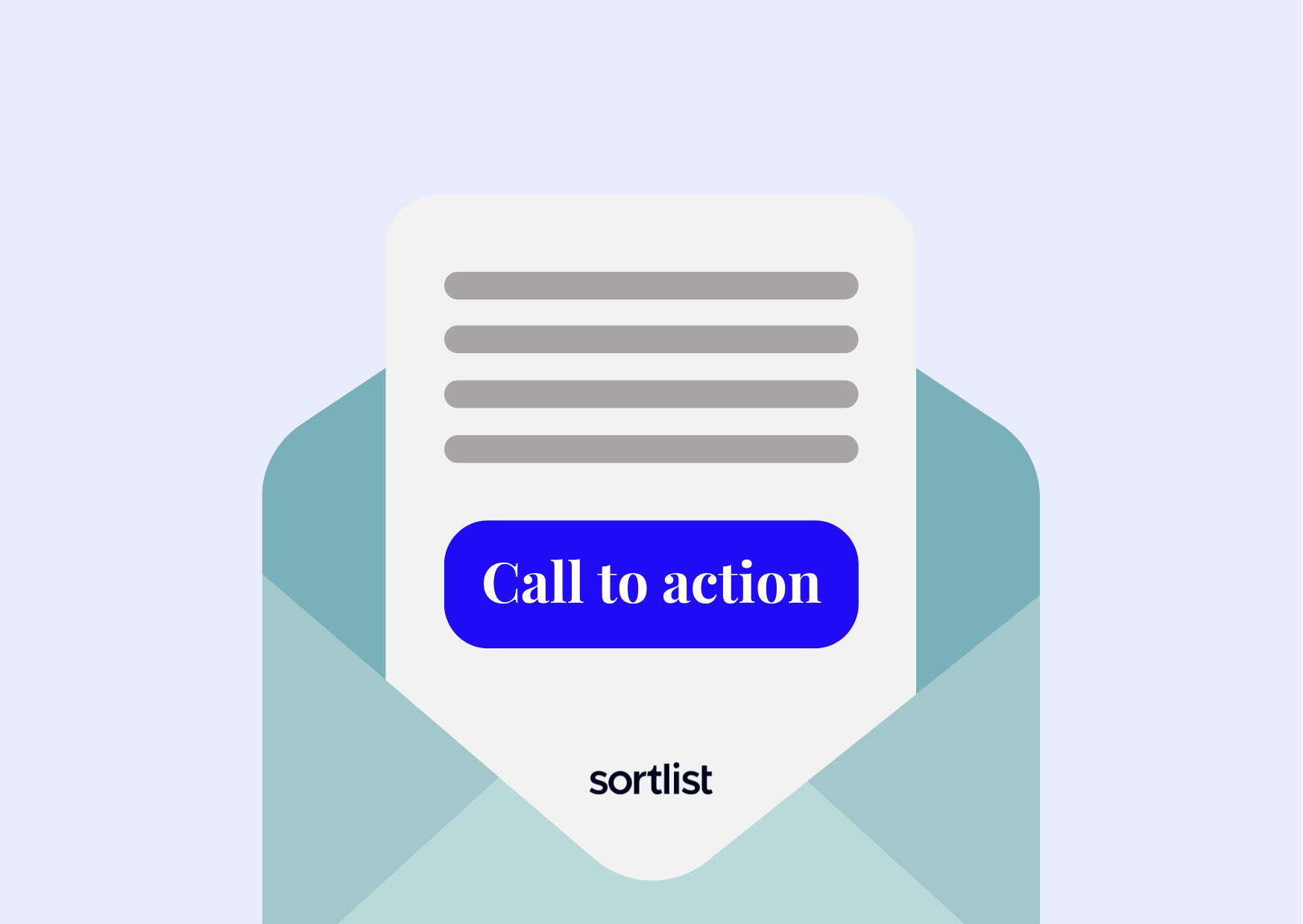
11 Tips to Write a Winning Prospecting Email and Secure a Meeting
Last update: 12 January 2024 at 10:51 am
Sales professionals look at projects that may likely end up in failure with a sense of dread. That’s part of the challenge that comes with executing a prospecting email.
A series of unanswered emails will do more damage than good to your confidence and edge you closer to giving up. That said, you only get continuous bad results when you use the wrong strategies and turn prospects off with your approach.
The good thing is, you can level up your prospecting email game by employing the right tactics and passing across the right message.
So, if you want to boost your response rates and mutual connection and increase your business value using sales prospecting emails, this article will walk you through the right steps.
How to Write a Strong Prospecting Email?
Following you’ll find effective tips on writing a winning sales prospecting email to secure a meeting or convert a potential customer or client.
Tip #1 – Know Your Prospect
Knowing your prospects helps you determine how well-suited your products/services are to their needs and demands. Using the right data ensures you’re sending the email to the right person.
It also helps you craft the email so that it appeals to—rather than annoys—them.
Prospects that have a demand for your products and services are more likely to respond to your email. By the same token, prospects that don’t need your products and services will most definitely delete your email.
So, go to great lengths to learn about your prospects. Successful email prospecting relies on the information of prospects. This may be:
- Geographical information
- Information about their industry of service (that is, where they work)
- How much they need your product(s) or service(s)
All of these pieces of information will help you determine exactly how to craft the prospecting email.
Tip #2 – Use the Right Email Name
The email name, also called the “from” line, shows up right before the subject line. It shows your prospects the exact person sending the message.
It’s the first thing they see and it creates an immediate impression.
On the one hand, this line can make your prospect suspicious, causing them to send the email straight to their spam folder. On the other hand, they can choose to open the email out of curiosity or interest.
It all depends on the line you choose to use.
Need help with |
Discover the most relevant agencies for your project based on your own specific requirements.
Free of charge.
The “from” line must introduce you properly
One of the first things to note when sending a prospecting email is that your recipients don’t know you. So, they’ll probably be suspicious of the email, given how cybercrimes are plaguing the digital space.
As a result, you must start by telling them who you are with verifiable details. For example, if you’re using your name and job title, ensure they can confirm these details by searching your company website and checking your LinkedIn profile.
Sales reps typically use their first names alongside their company name. They could also use their job title to make the email look formal and professional.
Tip #3 – Pick an Effective Email Subject Line
Great sales prospecting emails come with subject lines designed to pique a prospect’s interest. Depending on the client or applications, email subject lines usually appear right under the “from” line in the inbox overview.
Start by addressing a significant pain point in the subject line, then personalize the line. You should get them interested by reflecting on the problem.
Since you’re also writing for a human, do well to avoid sounding too promotional and converse with them instead.

Tip #4 – Your First Lines are Critical: Keep them Hooked with a Killer Introduction
The next step in the prospect’s journey after opening the sales email is reading your introduction. This stage could send them to the body of your email or chase them away.
So, you have to make the introduction intriguing and interesting.
Your first lines must capture their pain points and let them know there’s a great solution. Introductions should be two to three sentences long. You should avoid adding your company name. Instead, focus on the prospect and their issues.
Tip #5 – Avoid Generic Language
There are no universal sales prospecting email templates for lead conversion. Relevance and appeal are the core pillars of email prospecting.
So, the first half of effective email prospecting is knowing how important your products and services are to the customer. The second half is how to engage them based on the noted relevance.
Therefore, you cannot use generic phrases or terms as your lead.
Every part of that email has to be unique and meaningful, starting from the subject line.
Rather than use spam phrases such as “Buy Two and Get One Free,” you are more likely to have prospects reaching out with subject lines that are personalized and engaging.
You may even mention the name of the prospect in the subject line to bridge the gap of unfamiliarity and hold their attention. Otherwise, the prospect may not open the email, in which case the content of the email is useless.
The rest of the email should also be void of sales buzzwords.
Tip #6 – Personalize Your Prospecting Emails
Even if you want to use sales prospecting email templates, ensure you personalize them. Nobody wants to be cannon fodder for salespersons. When such emails are not personalized, prospects tick them off as spam.
Personalized emails differentiate emails screaming “Come and buy! Come and buy!!” from one that says, “You need this. Would you consider buying from us?” Personalization is bringing together the things you learned from your research on the prospects.
Personalizing a sales prospecting email is often a very tricky business. Ultimately, it depends on the number of prospects on your list. If they are too many, you can still personalize the email to some degree.
In cases where your list is small, you can get as personal as possible without appearing creepy. In such instances, you can refer to where you got their details from, say, LinkedIn, and convince them that you are aware they might need your stuff.

Tip #7 – Your Sales Prospecting Emails Should be Clear and Concise
Salespersons commonly make the mistake of writing to impress their prospects. Some of these emails are crammed with obscure terms and difficult phrases.
Sometimes, the reader needs to read the same sentence two or three times before having an idea of what you are talking about.
Effective emails for sales purposes are clearly written. They are simple and do not have to be read more than once for their content to be understood.
How long should a sales prospecting email be?
A sales email of more than 150 words is too much. By the same token, anything less than 50 words is too small.
Remember that some of your prospects access their emails via a mobile phone, so the size of the screen matters, and nobody wants to keep scrolling for longer than 2 minutes while reading a prospecting email.
So, your email prospecting practice should be built on writing clear and concise sales emails.
Use Lists, Bullets, and Links
One of the ways to make such emails even more appealing to potential customers is to use lists and bullets. When emails are structured like this, readers can easily follow your thoughts and decide exactly what you are offering and why.
Outline your product’s benefits and offerings in a bulleted form to make your prospects catch the drift even faster. That way, they’re likely to respond immediately or after some time.
The point is to give them something concrete to think about, and what better way to do so than to remove excessive paragraphs and have the majority of the email as a checklist of pros and benefits?
Also, seeing as you cannot write everything about your offers, you could include website links in the email. These links stand as channels to help your prospects get more information about you and your offerings.
You can use such links effectively when they open to the customer reviews page of your website. Then your prospects can rest at ease knowing that someone else is satisfied with your products/services.
Tip #8 – Use Strong Pointers that Prospects Can Relate With
We’ve established that email prospecting takes place between two strangers. As such, you need to build bridges to reduce the gap of unacquaintedness.
So, apart from focusing on your prospects and the value of your offerings, your prospecting email should also contain pointers that prospects are familiar with.
A good sales prospecting email uses mutual contacts to establish a connection.
It tells the prospect that you know someone who knows them and said someone suggested them as prospective clients/customers. This does not only establish trust but gets your prospect to go on reading the email instead of immediately deleting it.
After all, nobody has any qualms deleting spam or email from strangers, but this is not the case when said strangers know someone that knows you.
Video Email Examples and Tips to Increase Your Engagement
Email marketing plays an essential role for a business in converting prospects, increasing sales, and increasing revenue. But there are thousands of businesses doing the same thing. According to an estimate, 333 billion emails are sent daily. As a business owner, you need to stand out from the crowd. The easiest way to do so […]
Targeted Email Outreach For Agencies: Converting Email Sequences
Regarding marketing, agencies try out digital ads and brand collaboration to cast a wide net and hope that someone takes the plunge. However, very few personally reach out to highly qualified clients via email. Targeted email marketing campaigns can be the marker of success when your agency is vying for attention in an overcrowded market. […]
Generate Sales With Content Marketing: Get More Leads and Customers
Businesses design numerous strategies and try out disparate ways in which they can acquire more sales leads and increase the customer base. The predominant work, regardless of the type of organization today, is to generate sales. Imagine any business that does not go under any sales processes and does not have a sales and marketing […]
Tip #9 – Write Around the Value of Your Products/Services in the Sales Prospecting Email
If you are like the majority of writers and marketers/salespersons, you will understand that an email of 150 words is short. It is a small window of opportunity to convince someone, even after introducing yourself.
However, a prospecting email aims to draw out a response. Therefore, the email must have a structure and central point. And good prospecting emails are written around the value of the product/service being marketed.
Beyond the features of a product, its values are the real selling point. This is where knowing a bit about your prospect helps you establish a strong enough foundation upon which you build the email.
By writing about the value of your offering, and therefore providing reasonable options for the demand of your prospects, you are more likely to get them to respond and convert them in due time.
For example, you can pitch a clock in clock out system by focusing on the features of the program that the prospect company is searching for.
Tip #10 – Give Your Prospects Options and Ask Questions
One of the noted weaknesses of cold emails is that they have to be focused and therefore tend to be slanted in one direction.
If you are not careful, your email will come across as compulsive rather than compelling. One way to go around and avoid this problem is by offering options and choices.
Let your prospects choose from a list of options and they are more likely to be converted by your email.
There are many ways to integrate options into your email. It may have to do with how your products/services work. For example, you can inform a prospect that you can help increase the clarity of their LinkedIn posts or offer SEO tips as long as they reach out to you.
You can also ask questions about their goals and preferences.
The aim here is to get them to respond to you naturally. Giving them options to choose from and avenues to provide information about what they love or are working on is a good way to elicit responses from prospects.
Tip #11 – Use CTA Effectively
Call-to-Action (CTA) is one of the most popular features of all promotional email categories. As a result, it can be used excessively or ineffectively.
However, using CTA effectively in email prospecting means that you leave a strong impression on the mind of your prospects and get them to do something favorable as a result.
So, when closing your email, direct your prospects to do something specific.
Do not put them in a position where they have to think too hard. Instead, a simple ‘Yes’ followed by an interest in continuing with you is what you should go for.
Therefore, you can frame your CTA as questions: “Would you be willing to…” This way, the prospect knows they have a choice and do not feel that you are manipulating them.

Continue Improving Your Sales Emails and Follow Up Emails
Your email outreach campaigns shouldn’t start and stop at sending a couple of emails to one or two leads. Even if you’ve not met objectives till now, you can make things better.
For starters, you can create better emails in the future using the tips in the post. You can also use well-optimized follow up emails to capture leads that you may have lost.
After all, successful prospecting emails can be as effective as great social media posts or a performing blog post. A RAIN Group survey reported that email is the preferred means of communication between buyers and sales managers.
Looking for help to optimize your sales emails? Contact an expert agency which will guide you and adapt to your requirements.





